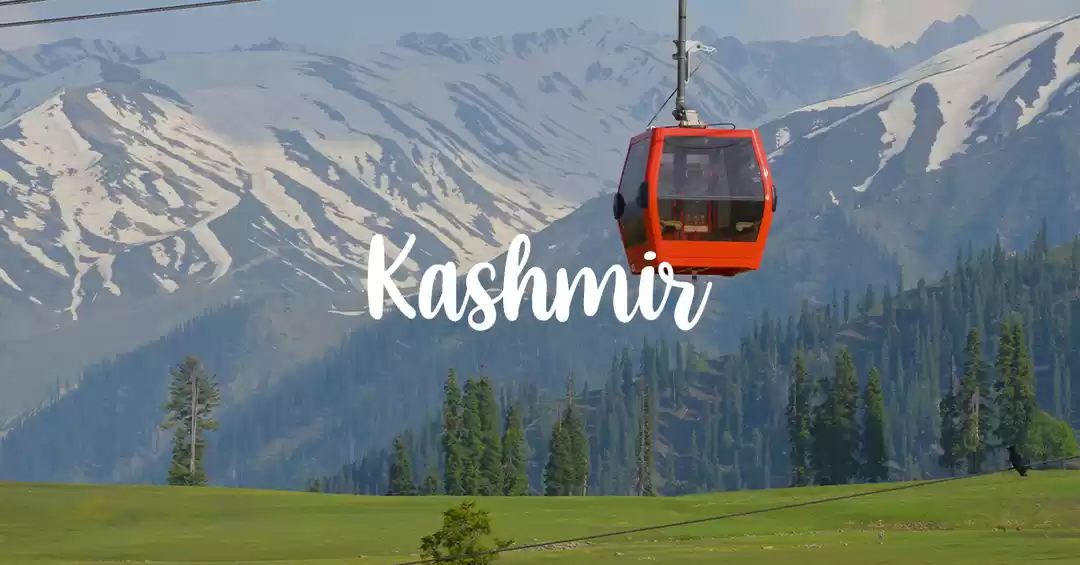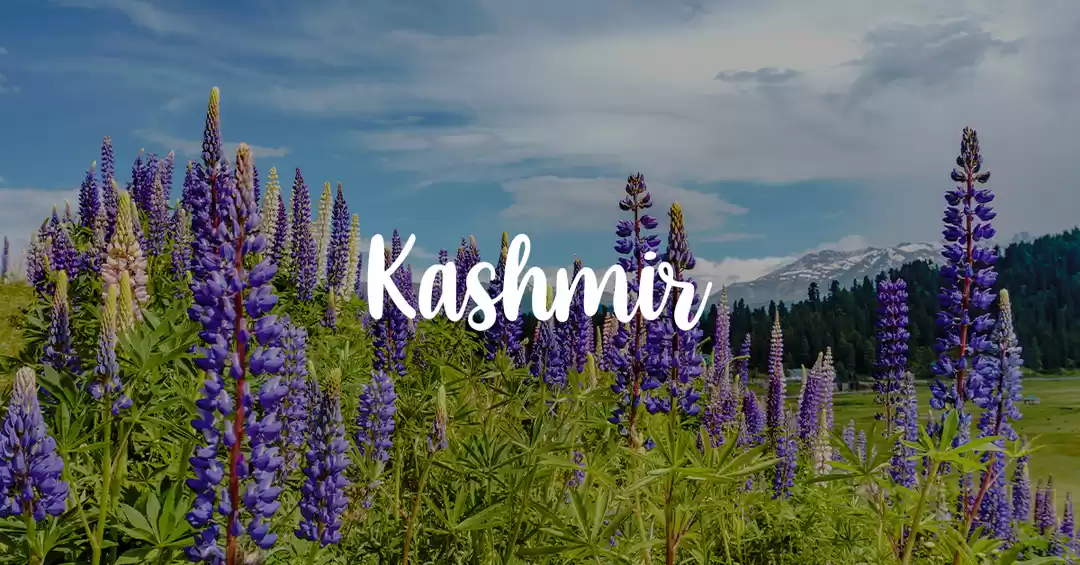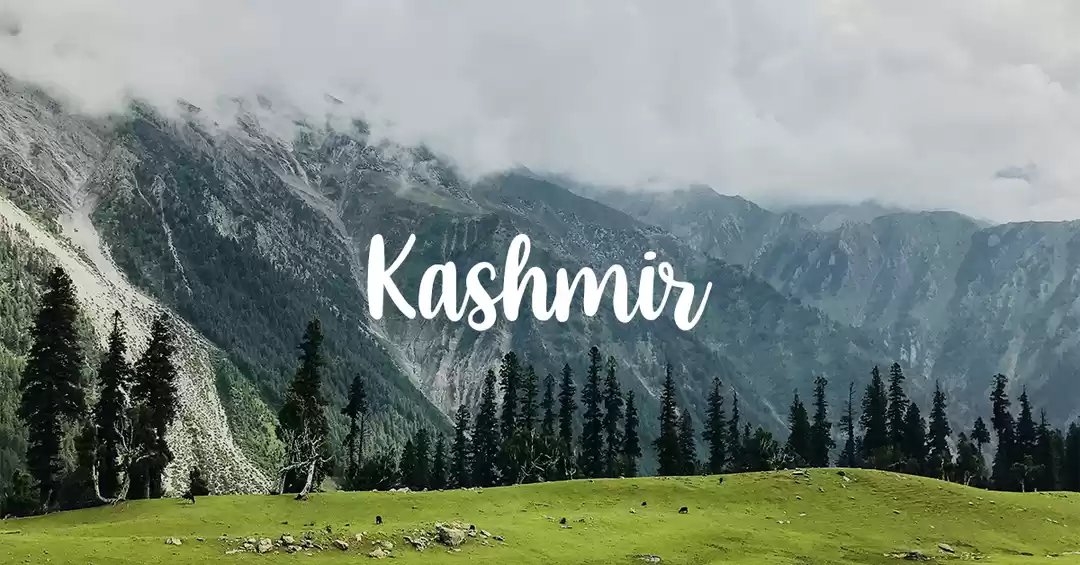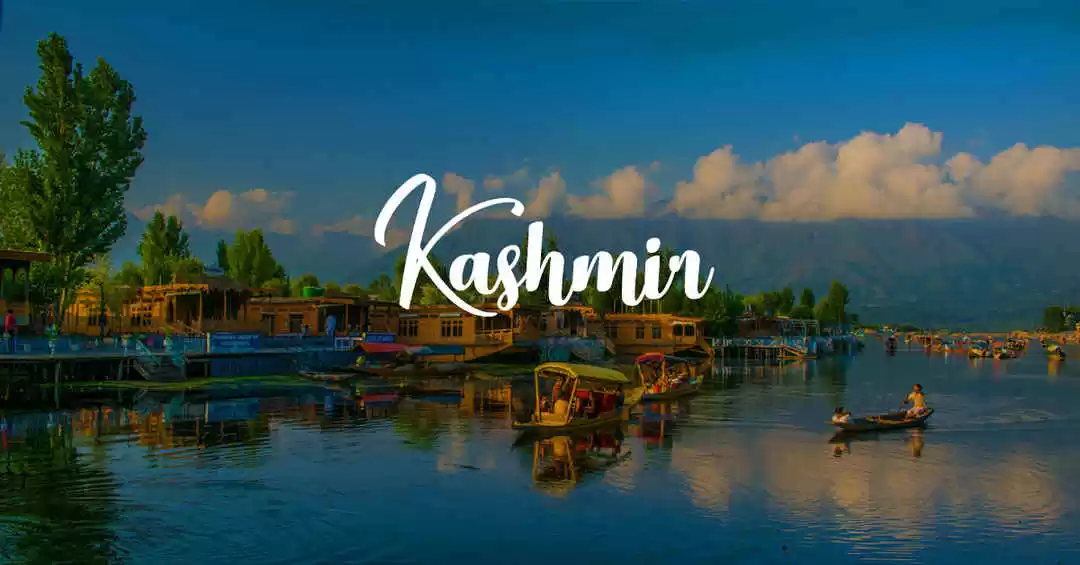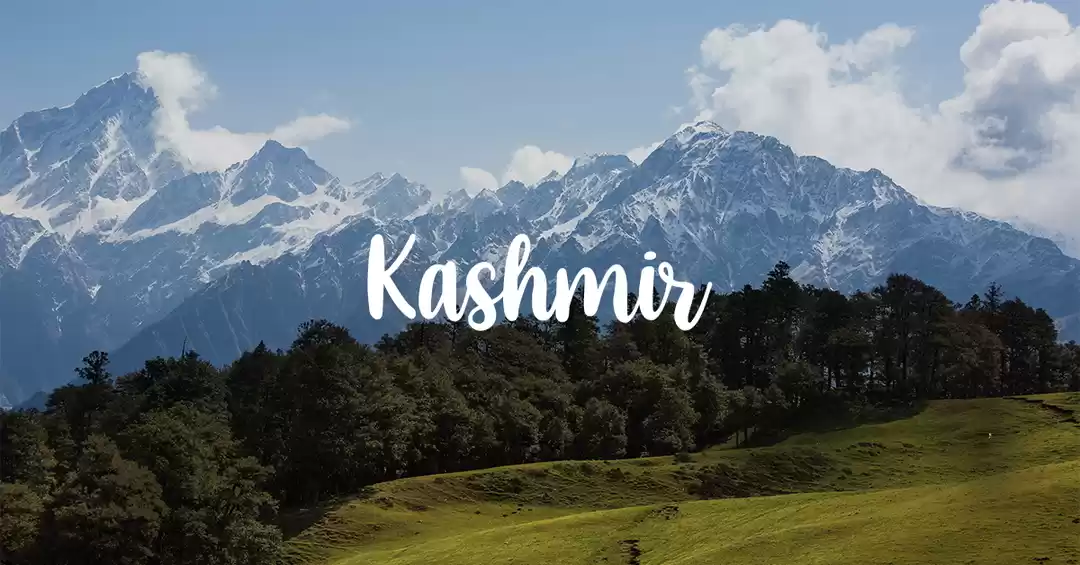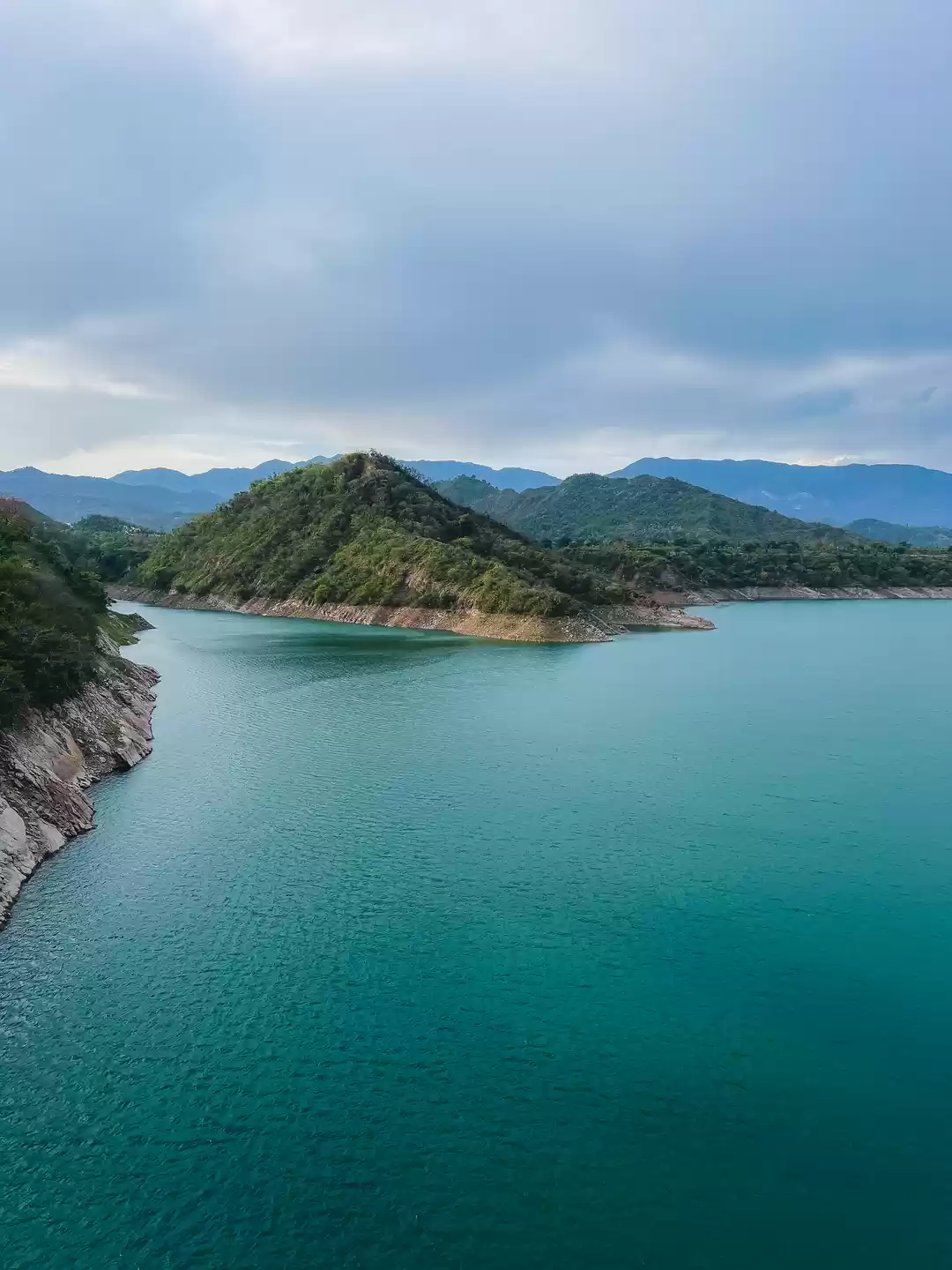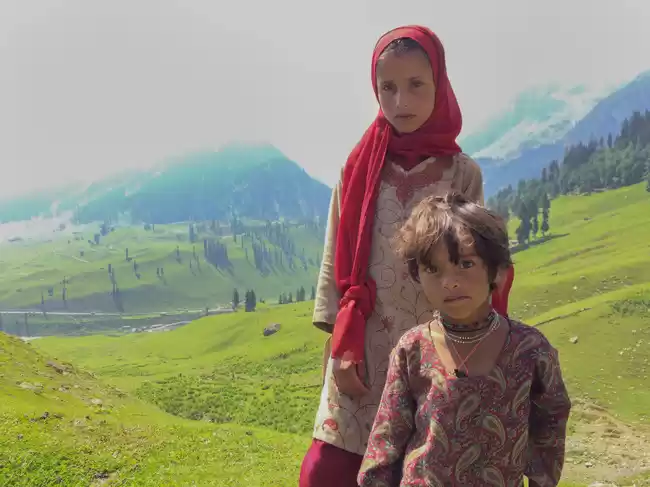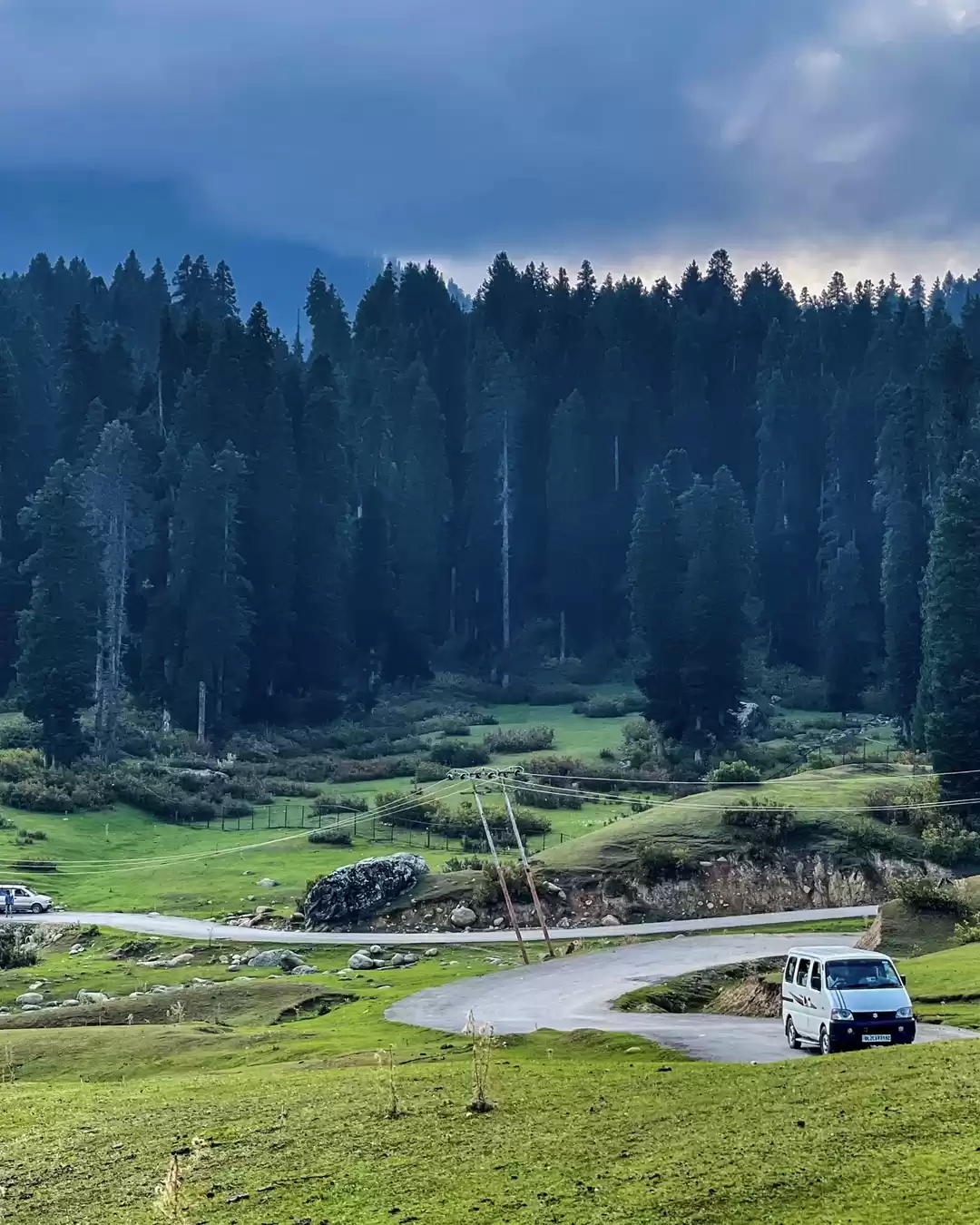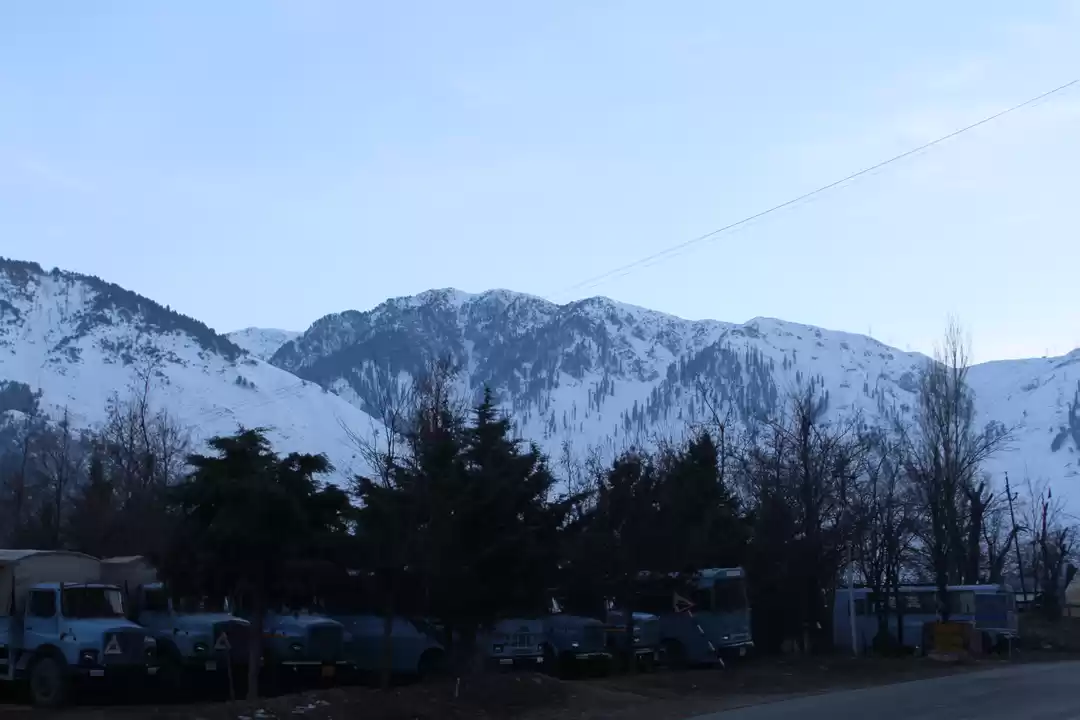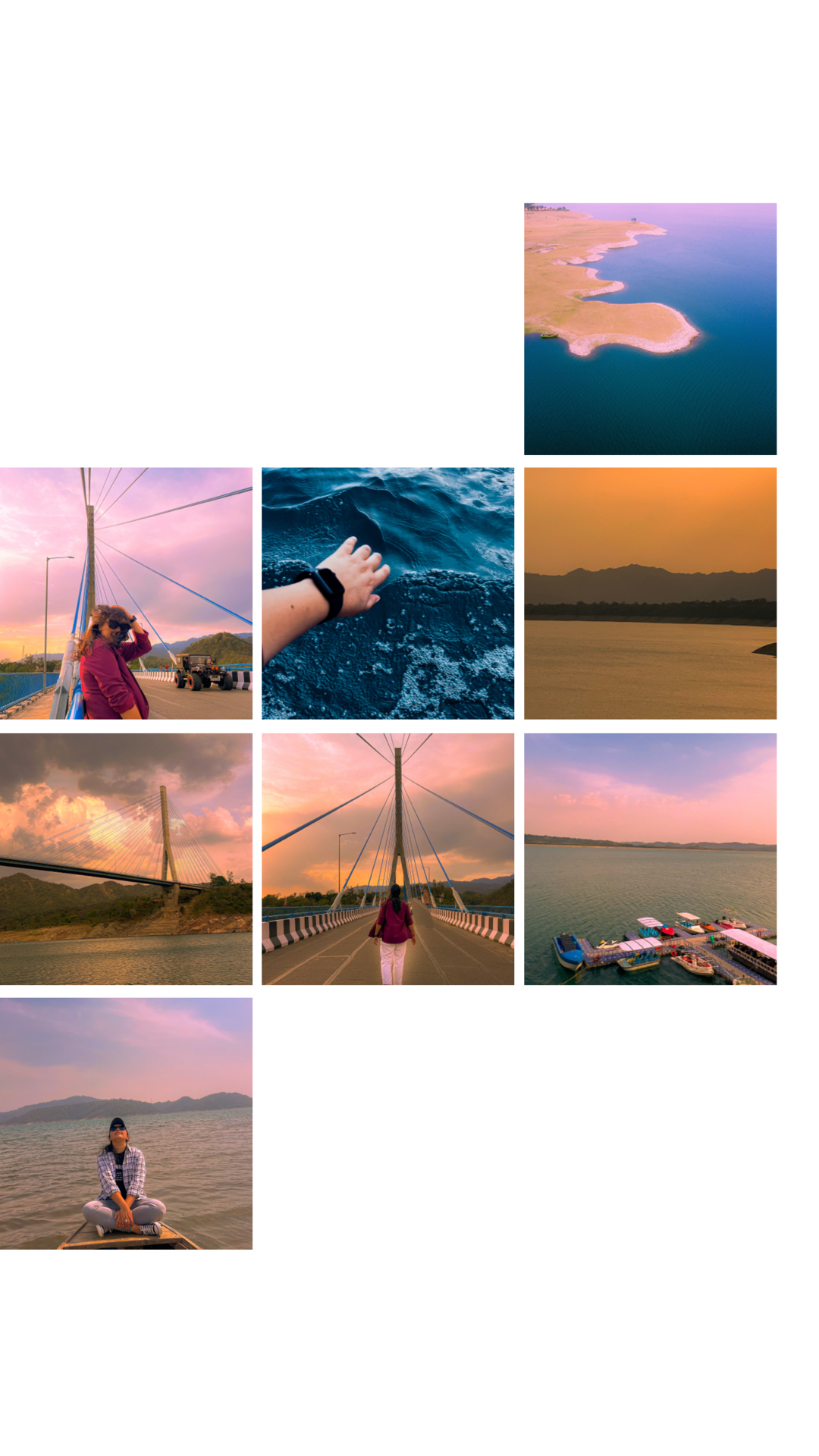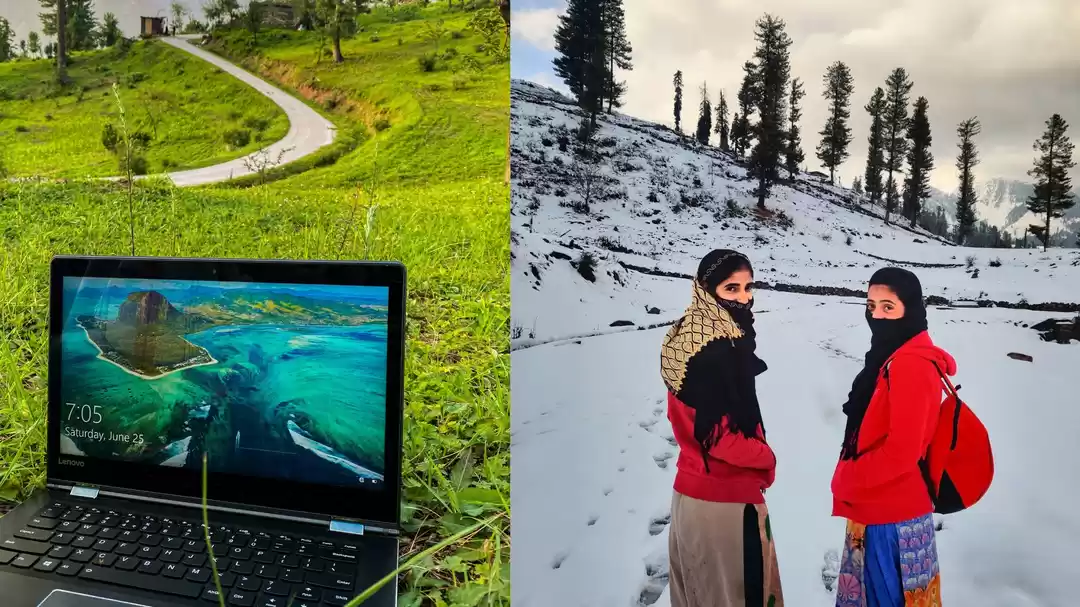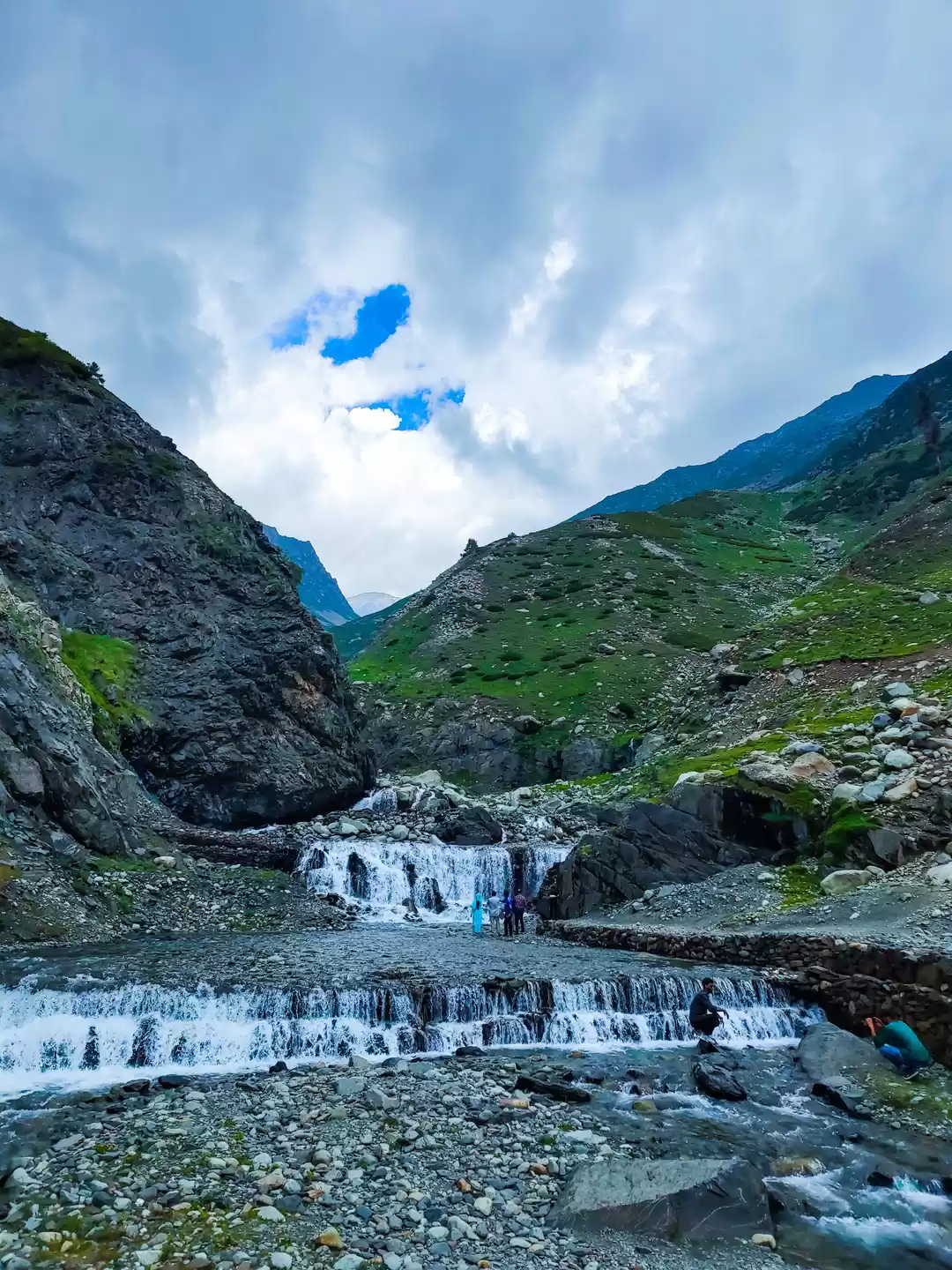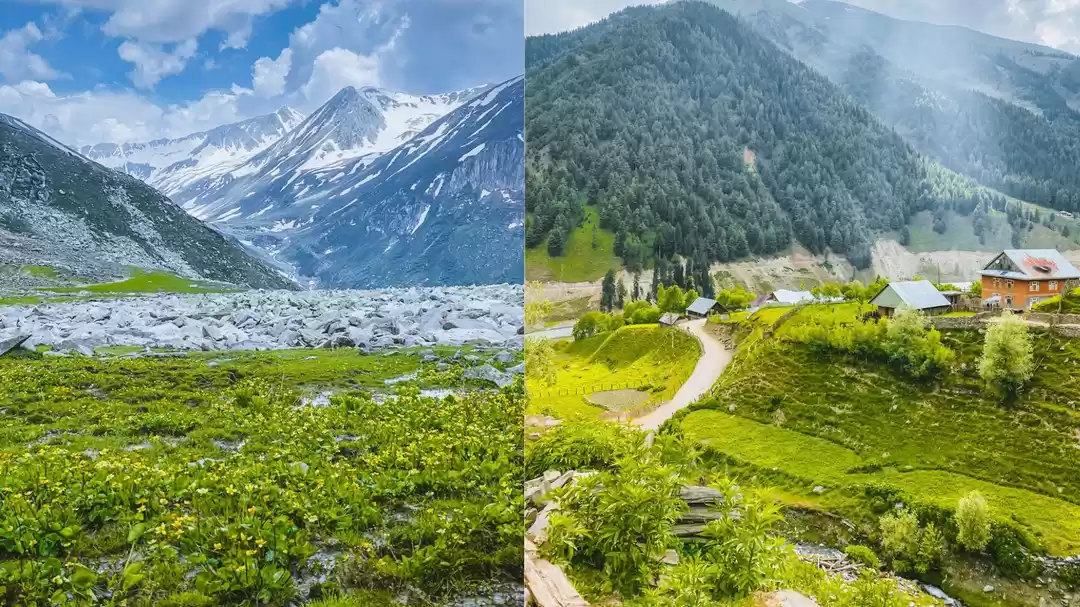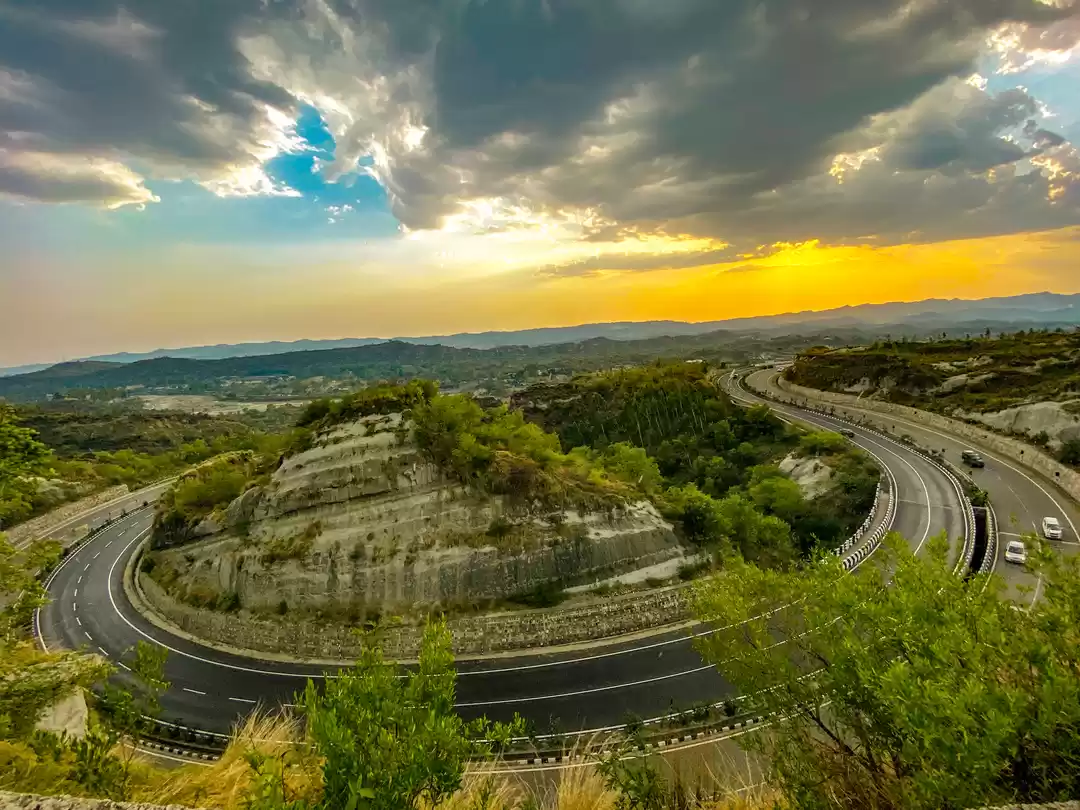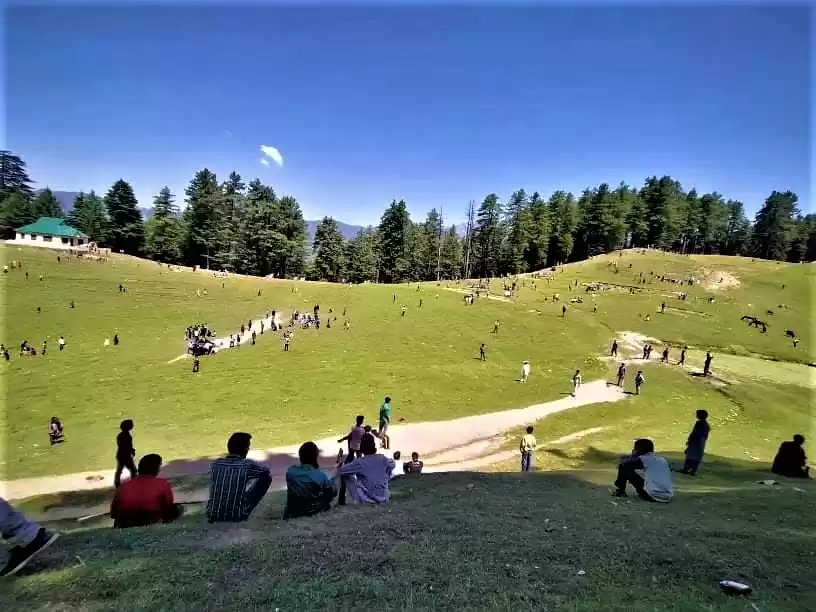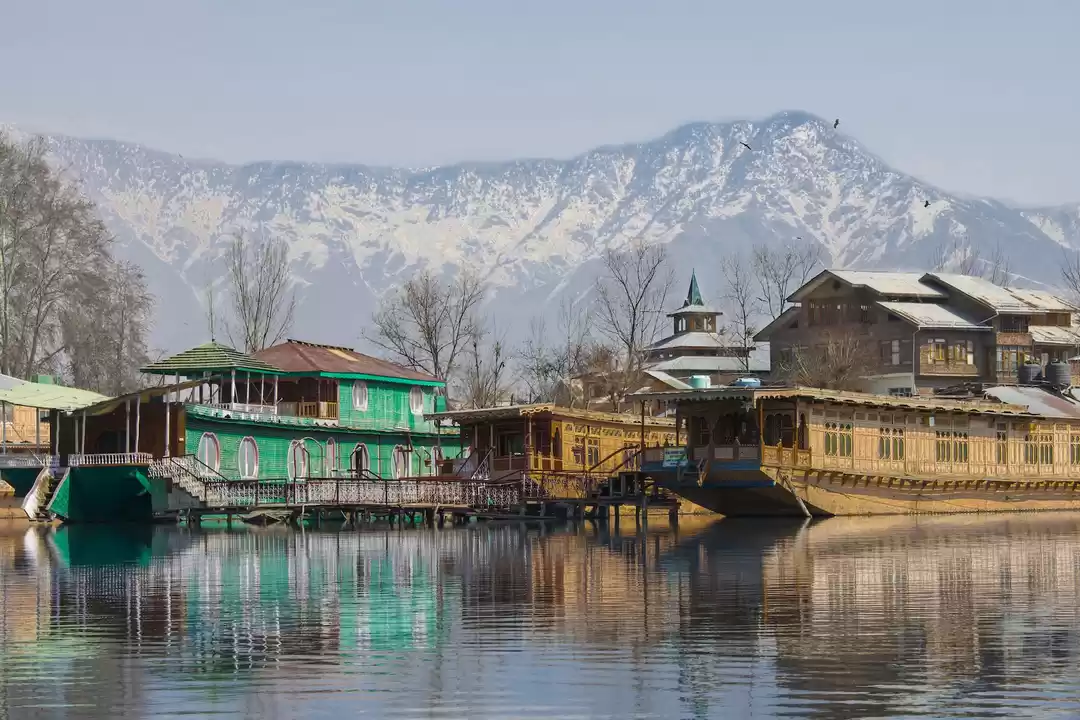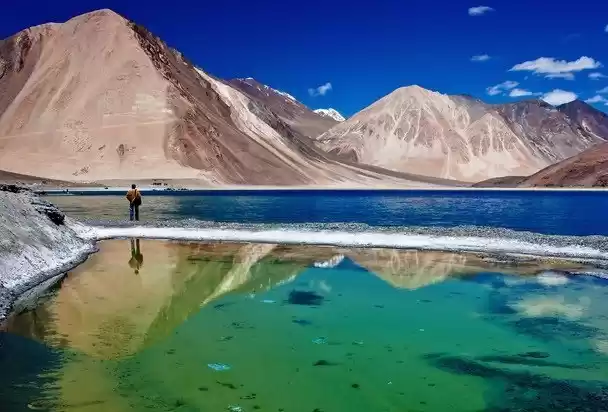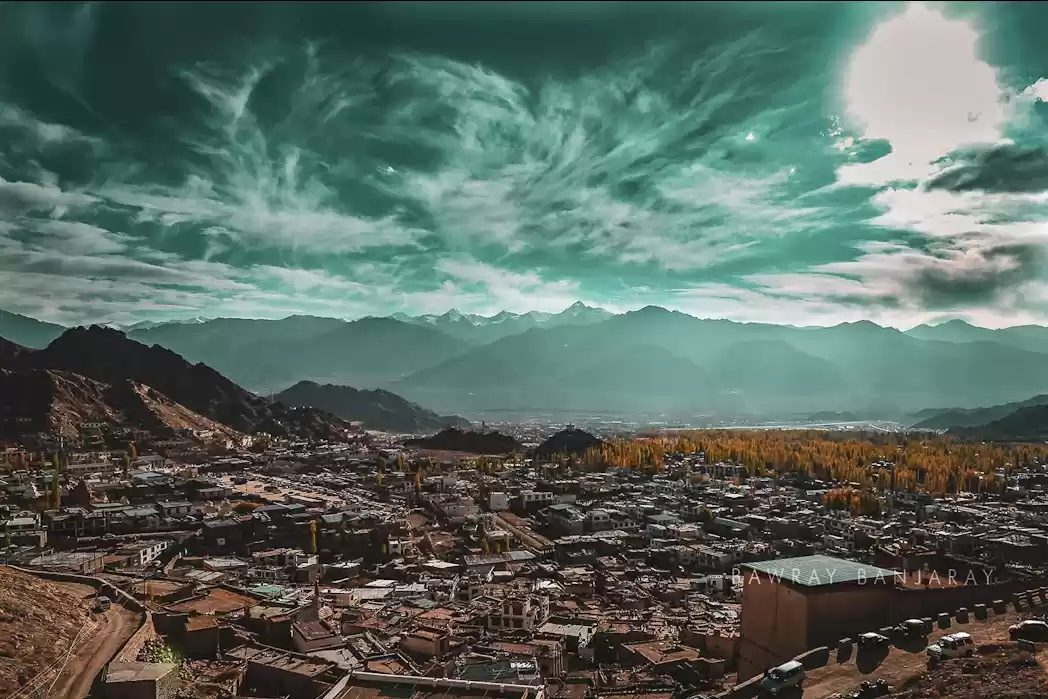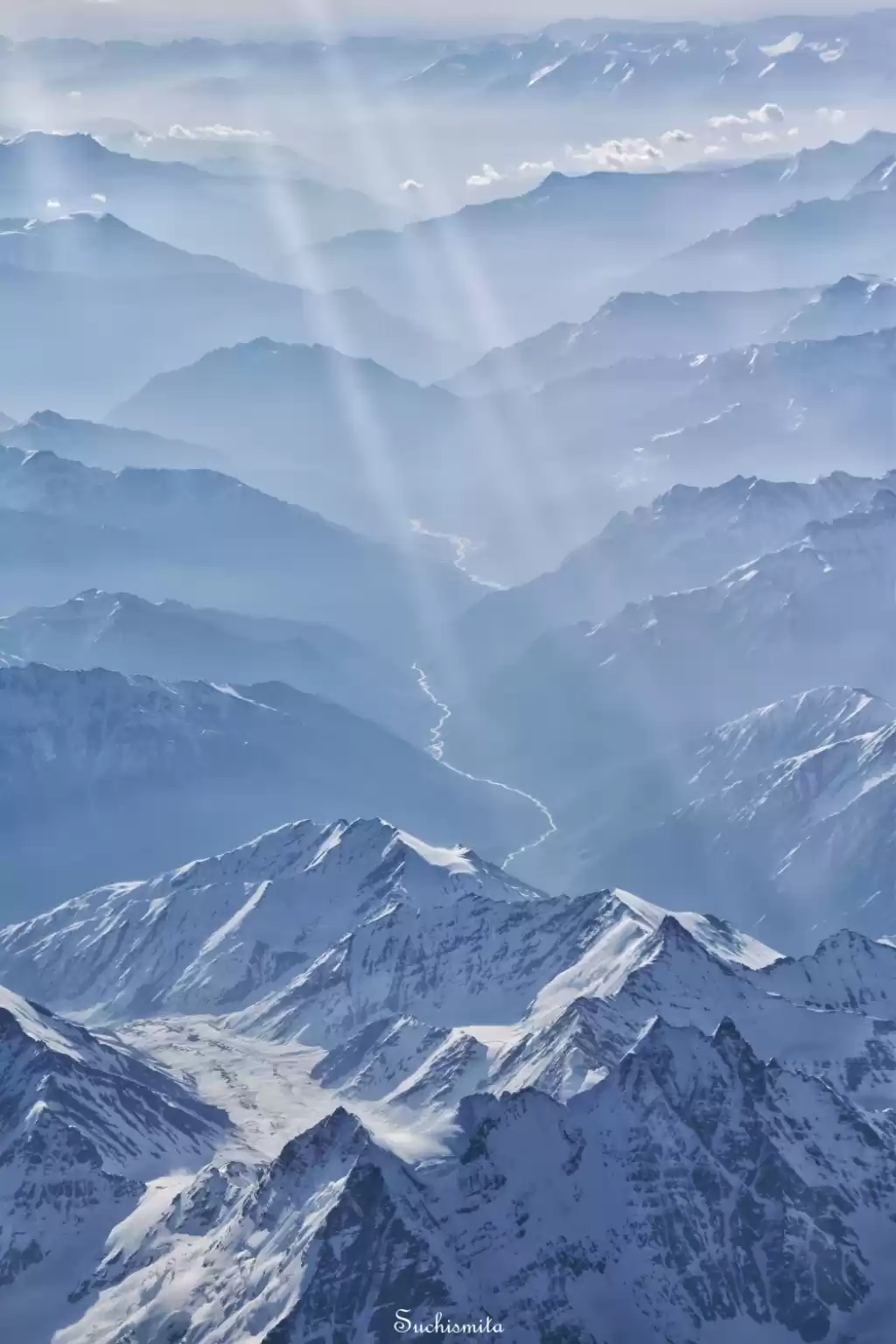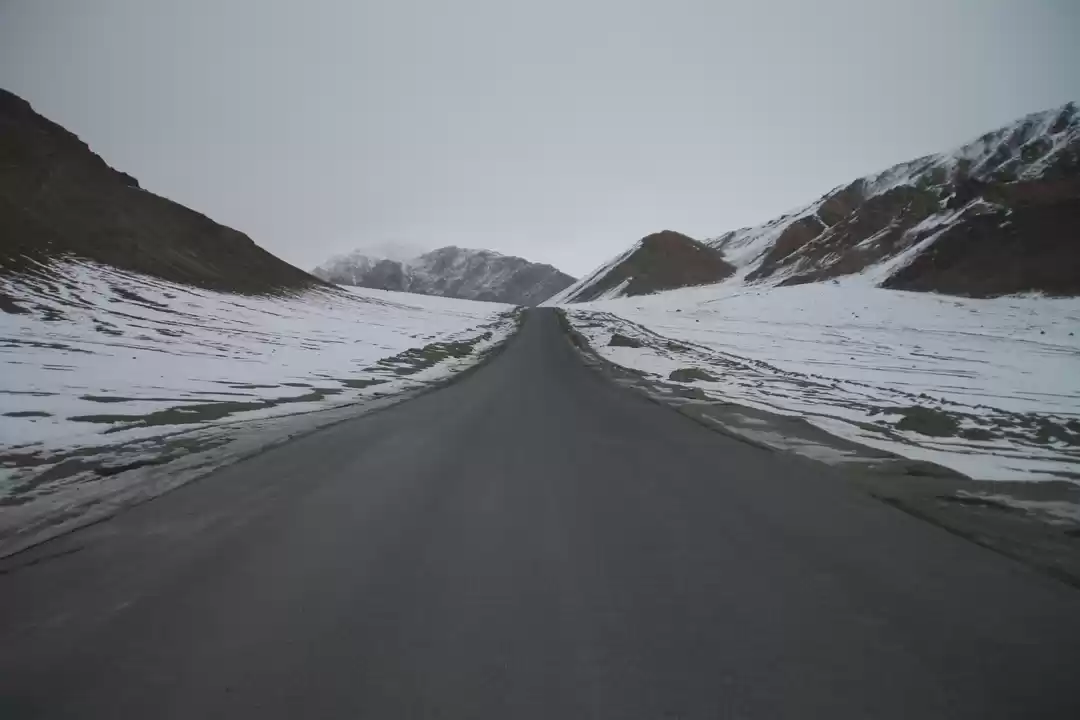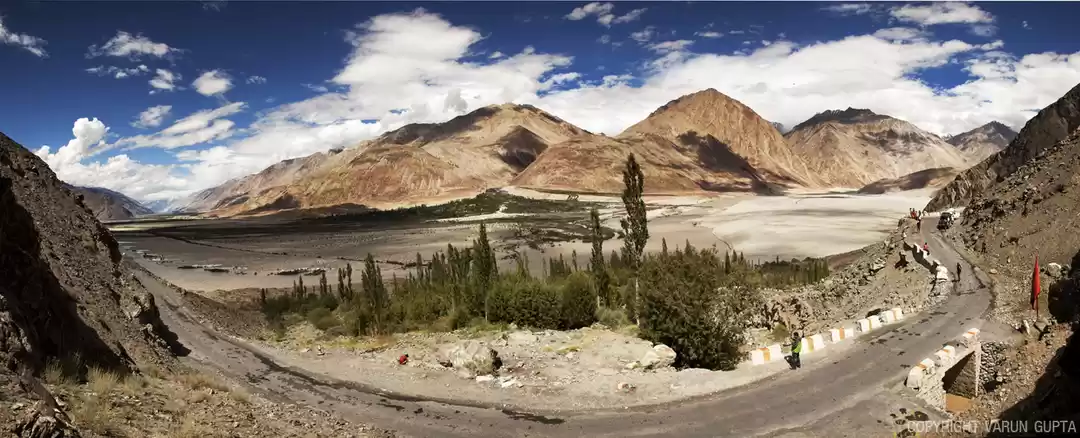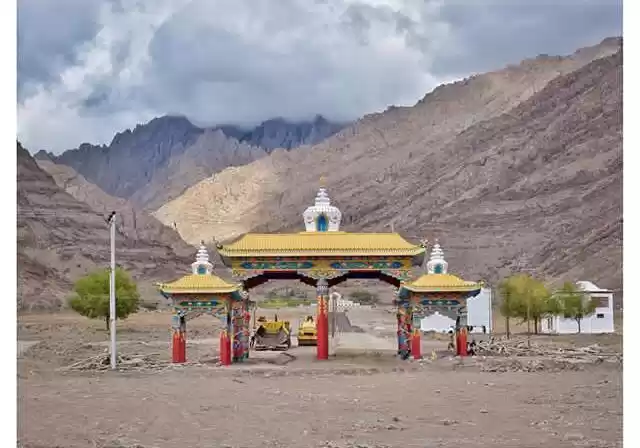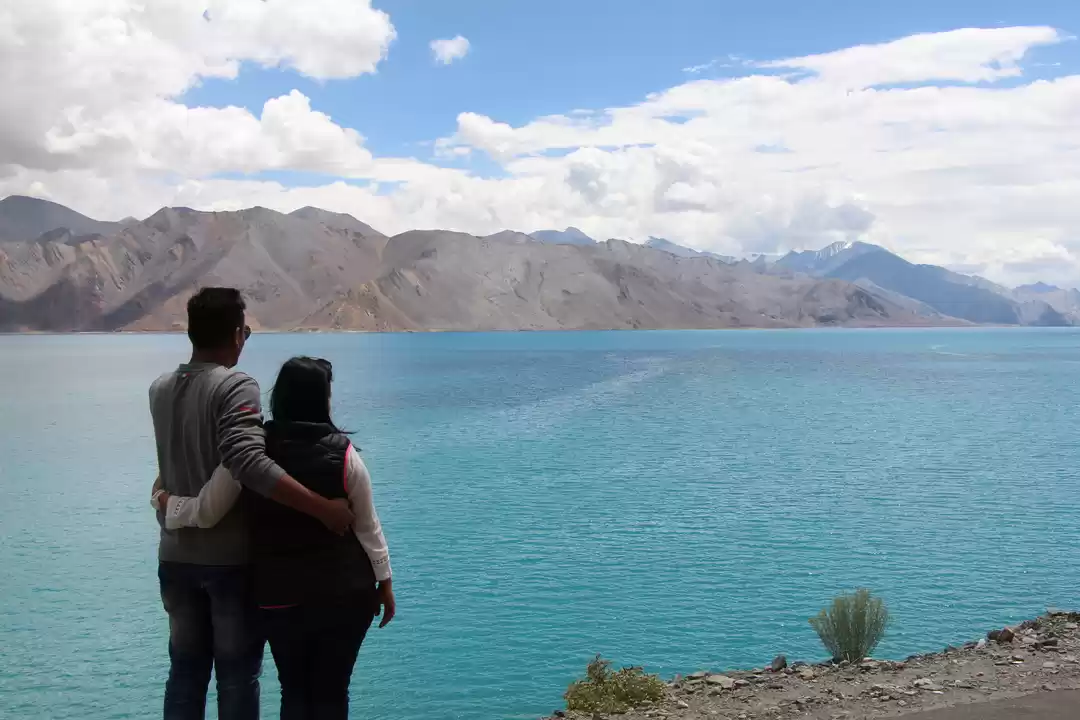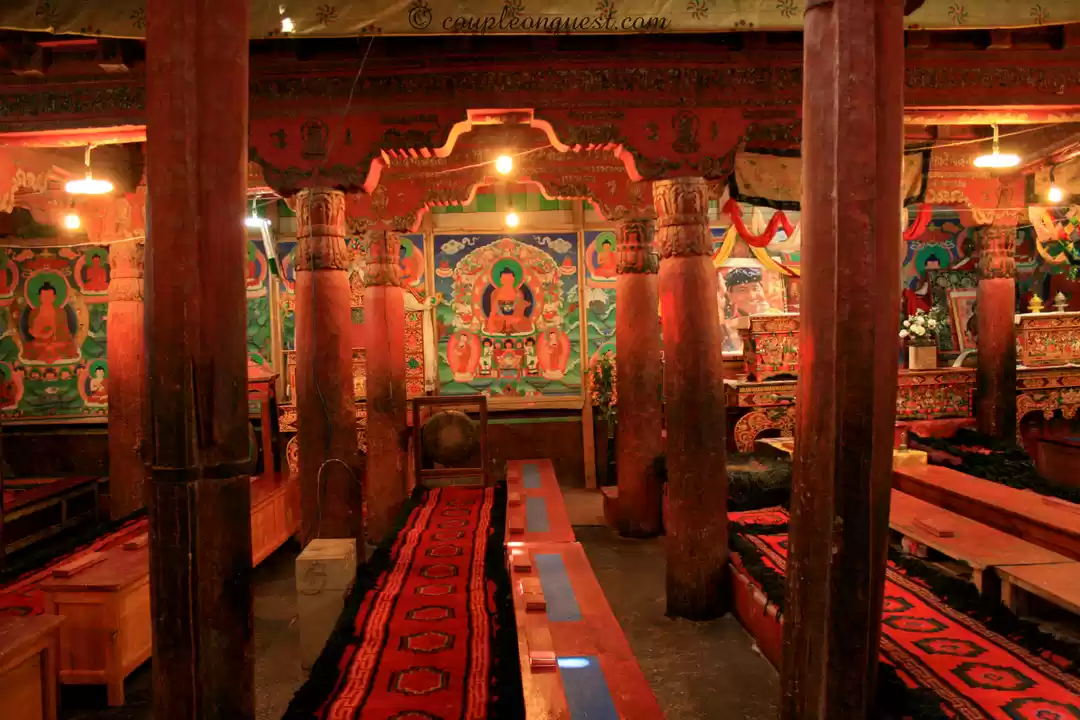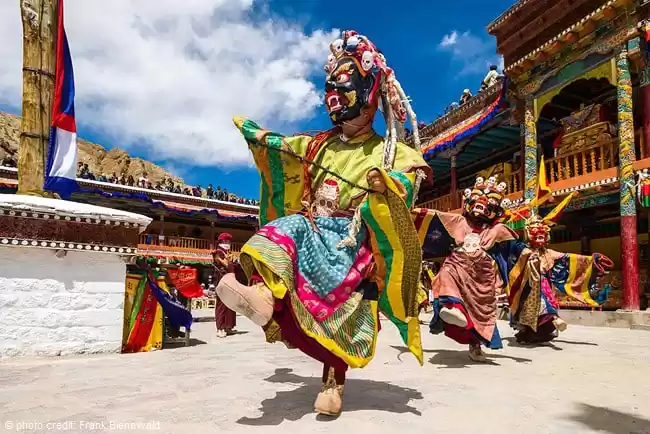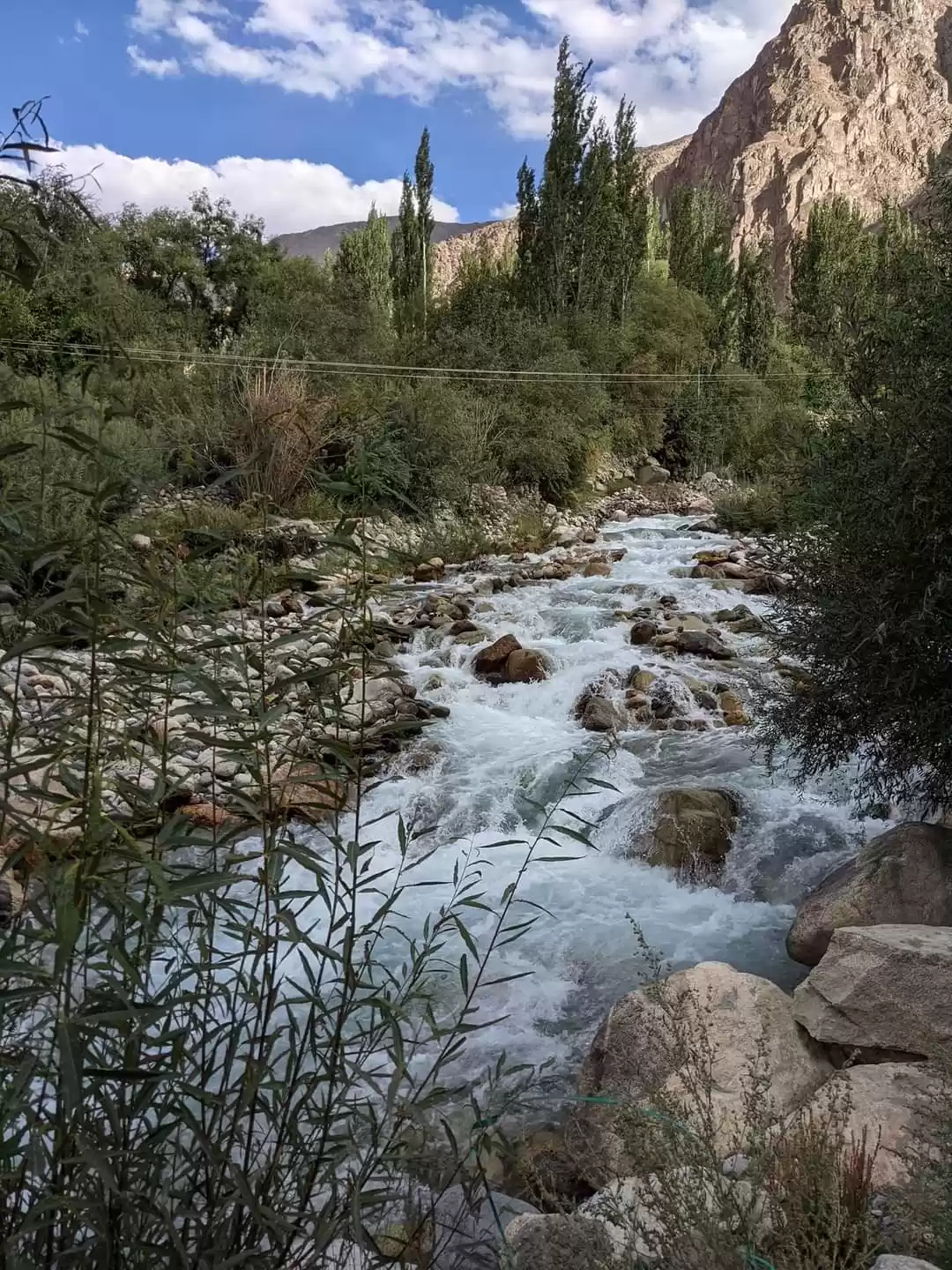15.06.2023 : From Noida to Katra - Driving distance covered 662 km in around 11 hours with breaks for breakfast and lunch of 45 minutes each.
16.06.2023 : Trek to Vaishno Devi shrine - 13 km trekking to shrine, helicopter ride to Katra on way back.
17.06.2023: Katra to Srinagar - Driving distance covered 230 km in around 9 hours with breaks for breakfast for 30 minutes (many halts for passing of army convoy) and 20 km in Srinagar.
18.06.2023: Srinagar - Around 30 km for local sight seeing.
19.06.2023: Srinagar to Kargil - Driving distance covered 190 km in around 6.5 hours (tea break - 10 minutes, Kargil War Memorial 1.5 hours, lunch break 30 minutes, other stops at various places), another 20 km (to and fro) to Hunderman LOC view point.
20.06.2023: Kargil to Leh - Driving distance covered 197 km in around 6.5 hours (Breakfast break - 30 minutes, lunch break 25 minutes, Sight seeing - 3.5 hours)
21.06.2023
It is mandatory for travelers to have a stop over at Leh to acclimatize to high altitude before proceeding to places at higher altitude. Many people feel uncomfortable in Leh itself especially if someone travels by air and directly lands in Leh. As we have travelled by road and that too taking the Kashmir route which have gradual ascent compared to Manali route, altitude of Leh did not cause any discomfort. For break day in Leh we went to cover some local sights.
No inner line permit is necessary now in Ladakh, only an environment cess is to be paid and receipt is to be produced when asked. Owner of the hotel, a lady, helped us in doing so online. She also advised us regarding sightseeing. After breakfast in the hotel we started at around 10:15 am.
Leh was for centuries an important stopover on trade routes along the Indus Valley between Tibet, India and China. It was also the historical capital of the Kingdom of Ladakh. In the early fifteenth century, Dragpa Bumdey, King of Ladakh, built the first fortifications in Leh as well as a small royal residence along a mountain ridge high above the town. At the turn of the seventeenth century, Leh became a royal capital of the Himalayan Kingdom of Ladakh, which at the time ruled over most of western Tibet. King Senge Namgyal also constructed massive rammed earth walls around the original residential area of the old town. In the mid-nineteenth century the royal family left Leh following the Dogra invasion. Leh Old Town is a rare example of Tibeto-Himalayan urban settlement providing insight into the high mountain cultures that adapted to their severe environments for centuries. After the closure of ancient inner Asian trade routes and the construction of the first navigable roads in Leh during the 1960s, much of the old town gates and walls were demolished. A maze of alleyways, the old town consists of roughly 200 stone, mud, and timber houses inside the remaining seventeenth-century walls along with eight Buddhist temples and three mosques. A 2004 survey by the Tibet Heritage fund revealed that 55% of the historic buildings were in poor condition and required urgent repairs and maintenance within the next decade. In 2008, Leh Old Town was placed on the World Monuments Watch.
Sindhu Ghat: We went to Shey village about 15 km from Leh to start sightseeing by visiting the Sindhu Ghat on the bank of the holi river Sindhu. Located at a distance of 10 km from the city, this ghat was inaugurated in 1997 by the then Home Minister Shri L.K. Advani. A three day long annual Sindhu Darshan festival is being celebrated here in every June since 1997 to honour the brave Indian soldiers. We parked our vehicle in the parking ground and saw a small auditorium-like area and a small stage. The stage is where the performances during the festival take place and the small auditorium serves as the sitting area. We went to the river bank which is very peaceful. Sitting down on the bank looking at the surrounding snow clad mountains while playing with water was a soothing experience.

Then a camper van written Happy Camper on it caught my eye. I love the idea of a mobile home and was excited at the prospect of seeing one closely for the first time. We approached the family who was busy cleaning the van and asked whether we can see their van. They responded very warmly and enthusiastically showed us the van as well as share their story with us. The super friendly family consisted of three members - Deepankar Basu, his wife Shushmita and their daughter Isa. Deepankar was a travel writer for many years before taking a sabbatical for two years and joining wine industry. In Shushmita he got the perfect soulmate sharing his passion for travel who left her job as faculty in Amity University to be able to travel extensively. In 2014 during a bike trip to Ladakh they came to know about Isa's entry into their life while visiting Sindhu Ghat. They resolved to come back with their yet to be born child. After Isa was born they converted an Isuzu to a camper and started travelling with her. They came to Sindhu Ghat as per their promise made in 2014 when we met. It was such a pleasure to meet them. We instantly bonded and felt like old friends. Isa is a very sweet child exuding warmth like her parents. They offered us to extend any help during our road trip. They inspired us to be the travelers we aspire to be rather than being tourists. We parted ways with hope to meet again.


Shey Monastery and the Shey Palace: Shey Monastery or Gompa and the Shey Palace complex is located on a hillock in Shey which was the old capital of Ladakh prior to shifting of capital to Leh. Even then the importance of Shey continued since it was a mandatory requirement of the Namgyal kings to father their heir apparent here. The original palace, now in ruins, was built near the Shey village by Lhachen Palgyigon, the king of Ladakh (then called Maryul), in the 10th century. The current Shey Palace and Monastery were built in 1655 by Deldan Namgyal, in the memory of his late father, Sengge Namgyal, below the first palace. It contains a giant copper with gilded gold statue of seated Shakyamuni Buddha which is said to be the second largest Buddha statue in Ladakh. The Monastery premises offers a grand view of the majestic Indus Valley, along with the view of other scenic places like Thiksey Monastery, Stakna Monastery, and Leh town.


Rocks and Minerals museum: After coming out of Shey Monastery we stopped at a shopping complex when we noticed the signboard of Rocks and Minerals museum. Buying two tickets we entered the museum. It is a tiny museum founded by one individual named Phunchok Angchok Togo. But it has an impressive collection from fossils of the prehistoric era and meteorites to precious and rare stones and gems.

Rancho's School: Druk Padma Karpo School or Druk White Lotus School is a Buddhist cultural school located in Shey village. The school rose to prominence after the climax scenes of superhit Bollywood movie 3 Idiots were shot in the school in September 2008 and got it's nick name Rancho's School. It's now a popular tourist spot. We were not very comfortable about a school being turned into a tourist spot and went there a bit reluctantly. After reaching there we felt comfortable to see that the main academic campus is not accessible to tourist. The tourist influx started to disturb the school activities. So the school management have created a tourist's zone complete with a visitor's centre, a food outlet named Rancho's Cafe, a photo zone with a duplicate of Rancho's wall and a souvenir shop on the other side of the school to allow the tourists to enjoy without disturbing the school which has over 800 students.


Thiksey Monastery: The monastery is twelve-storey complex and houses many items of Buddhist art such as stupas, statues, thangkas, wall paintings and swords. One of the main points of interest is the Maitreya Temple installed to commemorate the visit of the 14th Dalai Lama to this monastery in 1970; it contains a 15 metres (49 ft) high statue of Maitreya Buddha, the largest such statue in Ladakh, covering two stories of the building. Another attraction is the Tara Temple dedicated to the goddess Tara with 21 images of Goddess Tara placed in glass-covered wooden shelves.



La Piazzetta: By the time we finished our tour of Thiksey Monastery it was 1:30 pm and retracing our route we came back to Leh market area in search of a restaurant for lunch. There were many restaurants, but parking was a problem in the congested Leh market. We asked a shopkeeper and he told us about this restaurant which has a small parking lot. Fortunately, there was space in the parking lot and we heaved a sigh of relief. The restaurant turned out to be quite good with spacious sitting area, pretty decor, good food and helpful waiting staff. At the recommendation of the young man serving us we opted for Chicken Schnitzel which contained a slice of breaded fried chicken, salad, hummus, chips and roti. It was listed as an Italian dish, but looked like a mishmash of many items from different regions. Nevertheless, it was quite delicious. The apple juice he suggested was also very refreshing.

Apricot to Ladakh is what apples are to Kashmir. It is not for season for Apricot yet. So we picked up some dried Apricots, Apricot juice and sauce from a shop before heading towards Leh Palace. Google maps directed us towards a narrow bye lane. There were two roads to reach the palace. One was shorter and we were advised to not take it as it was steep and broken at places. So we went to a main market lane and parking our car there took the other road. A shop keeper advised us to pick a bottle of water before starting as it also involved lot of climbing. However that route turned out to be a not a proper road, just a trek behind residences and over drains. After much struggle we reached the entrance to Leh Palace only to discover that there is a motorable road right to the palace entrance which neither Google maps showed nor anyone mentioned!
Leh Palace: The former palace of the royal family of Leh is also known as Lhachen Palkhar. Designed in line with the Potala Palace in Lhasa, Tibet, the construction of the Leh Palace began in the sixteenth century and it was completed in the 17th century, marking it as one of the tallest buildings of that era with nine storeys. The upper floors were the residential area of the royal family, while the lower floors contained store rooms and stables. The Leh Palace is a wonderful specimen of the medieval Tibetan style of architecture fusing elegant simplicity with grand design touches in its architectural motifs. The structure is entirely made up the hard bricks, mud, wood and sand which ensures the temperature inside remains soothing and pleasant. The unique style of construction allows the palace to illuminate itself naturally during the day. The entrance to the palace is adorned with intricate wood-carved figurines. The topmost floor of the palace is called the Victory Tower and it offers spectacular view of the entire Leh town as well as the Himalayan ranges.
The Leh Palace is sadly now mostly in ruins, but a few small rooms and corridors still exist. The more substantial rooms and compartments have been turned into exhibition halls, and the museum is maintained by the Archaeological Survey of India. The Leh Palace Museum holds a rich collection of ceremonial dresses, jewelry, ornaments and crowns, utensils that were used by the royal family.




Shanti Stupa: Shanti Stupa is a Buddhist white-domed Stupa on a hilltop built in 1991 by collaboration of Japanese Buddhists and Ladakh Buddhists to promote world peace and prosperity and to commemorate 2500 years of Buddhism. It is considered a symbol of the ties between the people of Japan and India. The Shanti Stupa features the photograph of the Dalai Lama with the relics of the Buddha at its base. Shanti Stupa is made on two levels with a dome on the top. The first one contains the gilded statue of the Buddha and the Dharmachakra or the wheels of life. On the second level, the stupa depicts life, enlightenment (nirvana), and the death of Buddha. There is a massive meditation hall.
Located at an elevation of 11,841 feet above the sea level it provides panoramic views of the surrounding landscape. At the rooftop of the second level, there are markings pointing to the significant landmarks visible making it a major tourist attraction.



It was a sunny day and it was quite hot. After roaming about the whole day under open sky climbing up and down as most of the spots were on hill tops, we felt tired. So after visiting Shanti Stupa we returned to our hotel and after an early dinner crashed into the bed!
From Google maps
21.06.2023: Leh local sightseeing - 68 km







